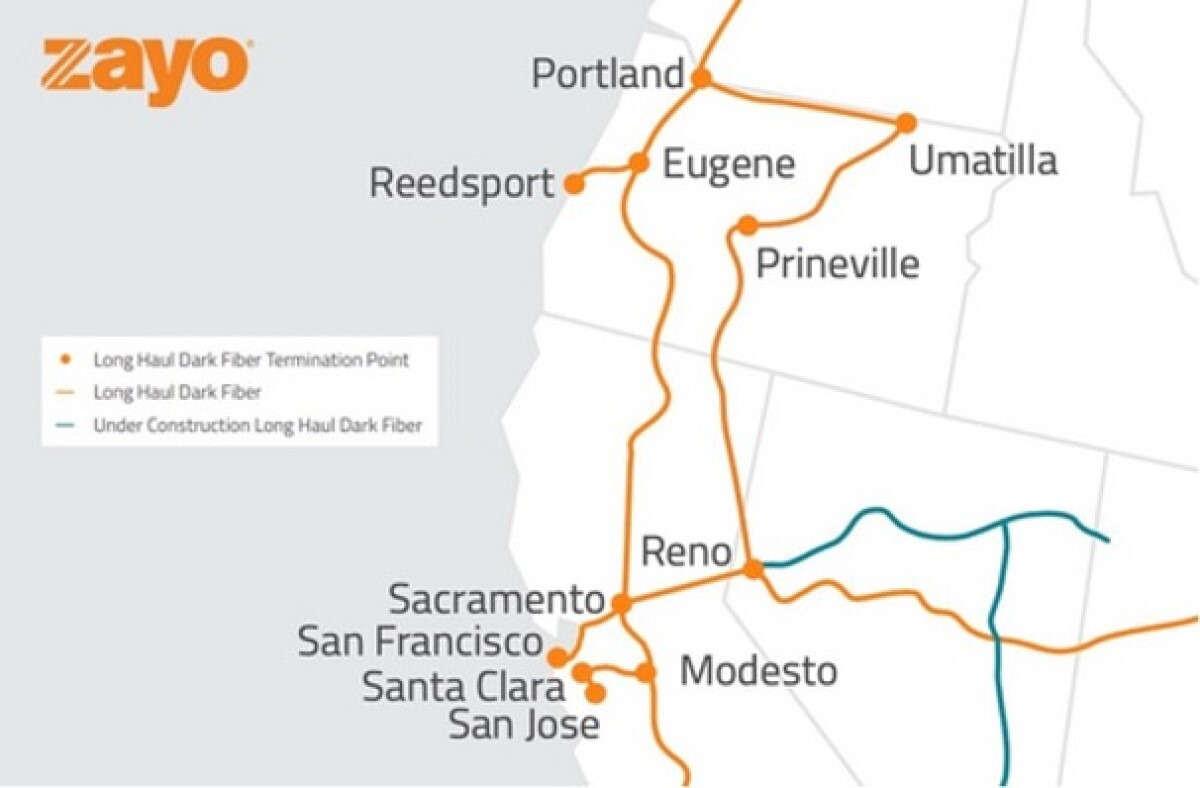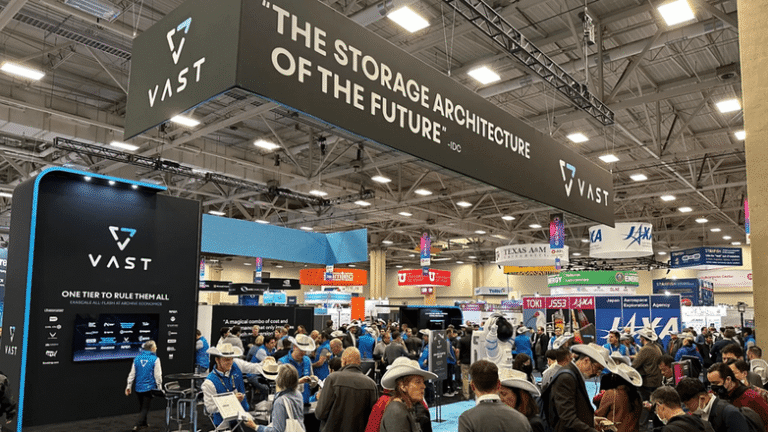Zayo has completed its Umatilla-Prineville-Reno long-haul fiber route, a 622-mile build that introduces one of the western United States’ newest AI-optimized network backbones. The corridor establishes a fresh inland path linking some of the region’s fastest-growing cloud and AI hubs, reflecting how the physical underlay of fiber infrastructure is becoming increasingly central to the scale and performance of next-generation compute.
The fully owned and operated route is designed to support rapidly expanding data center clusters in Oregon, California and Nevada while reducing reliance on the traditional I-5 corridor. By offering a geographically diverse alternative with carrier-grade performance, Zayo is positioning the network as a strategic asset for hyperscalers and operators seeking lower latency, greater resiliency and more capacity for AI-driven workloads. The project also brings new connectivity options to underserved communities along the route, addressing long-standing gaps in middle-mile access across the region.
Zayo says AI’s explosive growth is placing unprecedented pressure on network paths that historically served enterprise and cloud traffic but are now facing multi-terabit demand curves. The new UPR corridor, built with SMF-28 fiber, high fiber counts, multiple conduits, and 13 Zayo-owned in-line amplifier sites, is engineered specifically for that shift. The route integrates directly into the company’s existing West Coast long-haul and subsea systems, broadening the reach of Zayo’s western infrastructure footprint and strengthening overall backbone diversity.
Partially funded through the NTIA’s Middle Mile Grant Program, the completed route aligns with Zayo’s broader roadmap to add 5,000 miles of new long-haul fiber by 2030 in anticipation of mounting bandwidth bottlenecks. With more than 19.5 million fiber miles deployed and 1,700 on-net data centers currently connected, the company continues to position itself as a key partner for hyperscalers, cloud providers and operators designing for large-scale AI compute.
Executives frame the build as essential infrastructure for an AI economy increasingly dependent on ultra-high-capacity, resilient interconnection. As demand for distributed AI training, multi-cloud architectures and edge-to-core data flows accelerates, long-haul routes such as UPR are expected to play a growing role in shaping the region’s digital growth trajectory.
Executive Insights FAQ: The Impact of AI on Telecom Infrastructure
Why is AI driving demand for new long-haul fiber routes?
AI training and inference require massive east-west data movement between data centers, exceeding the capacity and resiliency of many existing corridors.
How does AI change latency requirements for network operators?
AI clusters rely on synchronized compute across regions, making low and predictable latency essential for model training efficiency and workload distribution.
Why is path diversity becoming more important in the AI era?
Single-corridor failures can disrupt multi-region AI workloads; diverse inland paths reduce risk and improve overall network availability.
How does AI influence middle-mile investment strategies?
AI-optimized networks demand higher fiber counts and redundant amplification sites, accelerating upgrades in previously underserved middle-mile areas.
What role do hyperscalers play in shaping new route builds?
Hyperscalers drive multi-terabit requirements and often co-design routes to support large-scale training clusters, inter-data-center fabrics and future expansion needs.



